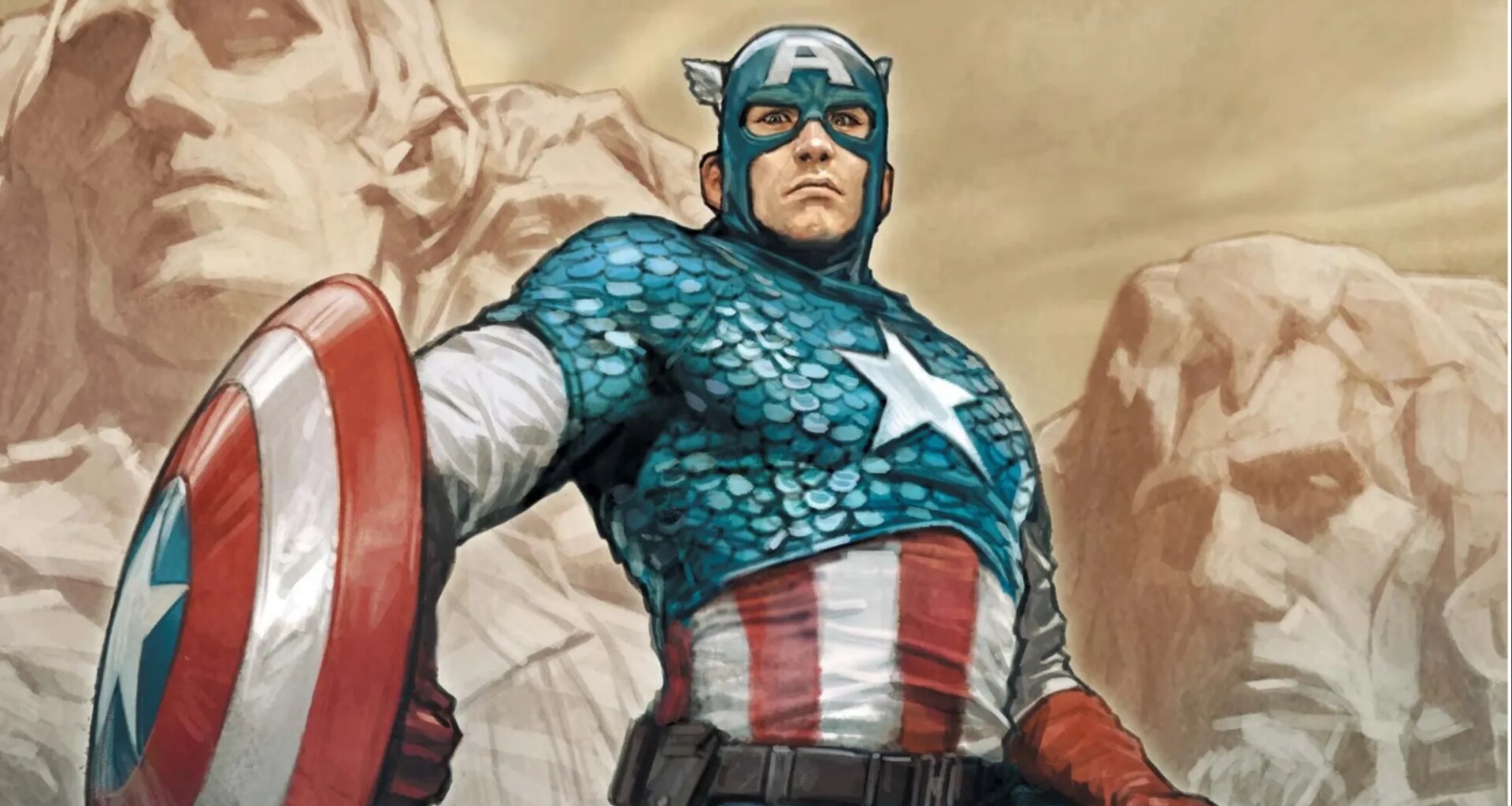Captain America’s rogues’ gallery is often overshadowed by the larger-than-life icons of the Marvel Universe, like Loki or Magneto, but it’s filled with villains who are just as fascinating — if not more so. Villains like Flag-Smasher, who questions the very concept of nationalism, or Doctor Faustus, who manipulates the human mind to sow doubt and chaos, are perfect foils for Captain America’s steadfast ideals.
Yet, many of these villains are criminally underutilized or simply forgotten because they lack the flashy presence of characters like Red Skull or Thanos. If Marvel gave them the focus they deserve, the world would see that Captain America’s villains don’t just make for great fights; they make for stories that challenge the very fabric of what it means to be a hero in a complicated world.
5) Machinesmith
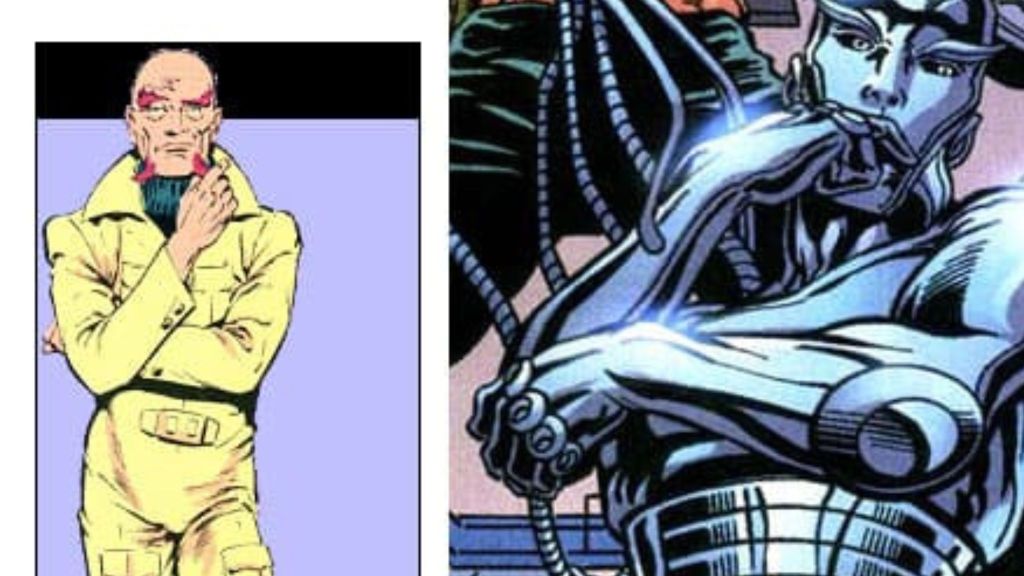
Machinesmith, whose real name is Samuel “Starr” Saxon, started as a criminal engineer and robotics genius before fully embracing a post-human existence. He transferred his consciousness into machines, effectively making himself immortal as long as he has access to technology. This unique ability makes him one of the most persistent threats Captain America has ever faced. Thanks to his robotic nature, he can be everywhere and nowhere at the same time. He can control armies of androids, infiltrate systems, or even manipulate people by pretending to be someone else. This gives him a level of adaptability that many of Cap’s more “human” villains lack. Yet, despite being such a formidable opponent, he rarely gets the spotlight.
Perhaps it’s because his powers aren’t as flashy as some, or maybe because he operates more in the shadows. Still, Machinesmith often gets relegated to the background in favor of more bombastic villains.
4) Doctor Faustus
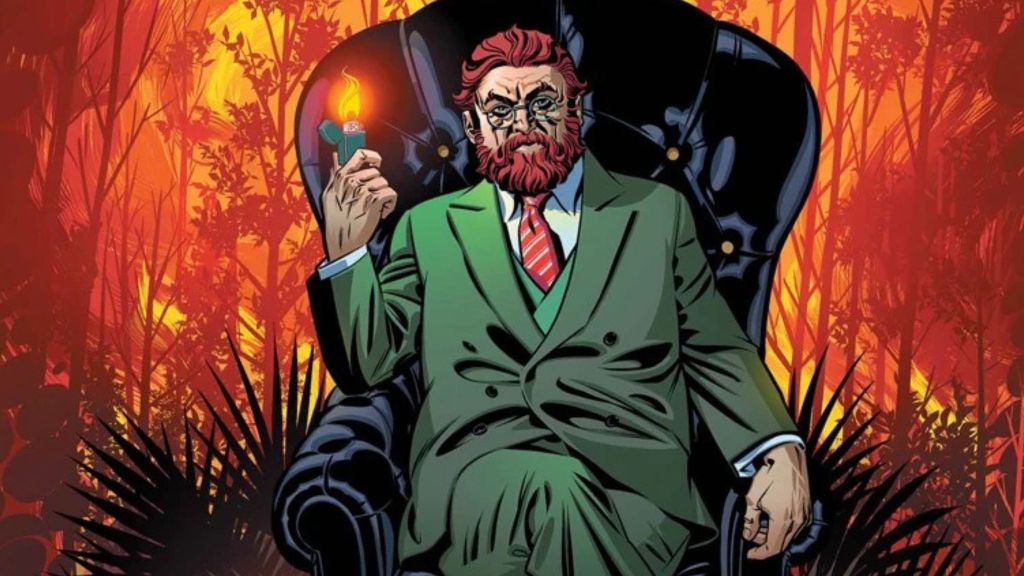
Doctor Faustus first appeared in the late 1960s as a psychiatrist who used his deep understanding of human psychology to manipulate others into doing his bidding. It’s one thing to fight a super-soldier or a mad scientist, but fighting someone who attacks your very sense of self? That’s a battle unlike any other. In the comics, Faustus has orchestrated massive psychological operations, from brainwashing S.H.I.E.L.D. agents to sowing chaos in society itself.
He’s even played a pivotal role in some of Captain America’s darkest moments, including his manipulation of Sharon Carter during the Death of Captain America storyline. Faustus operates more like a shadowy puppet master, pulling strings behind the scenes. While this makes him a terrifying threat in the comics, it also means he’s less likely to get the spotlight in adaptations or big crossover events.
3) Sin (Sinthia Schmidt)
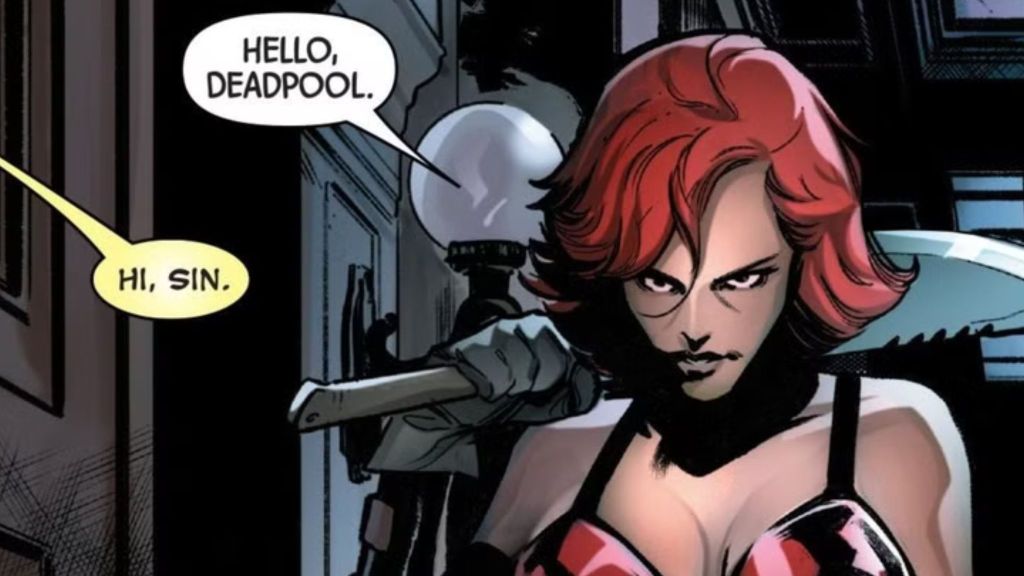
If evil can be inherited, then Sin (Sinthia Schmidt) is living proof that legacy can be both a curse and a choice. As the daughter of the infamous Red Skull, she was born into hate, shaped by cruelty, and molded to continue her father’s twisted ideology. Sinthia’s story is tragic from the start. Red Skull had her artificially aged and psychologically conditioned to become the perfect weapon, stripping away any chance at a normal life.
She began as Mother Superior, leading the Sisters of Sin — an extremist cult dedicated to her father’s fascist beliefs. Over time, she transformed into Sin. The Red Skull is one of Marvel’s most iconic villains, and Sin, despite her efforts, is often seen as his understudy rather than his equal.
2) Arnim Zola
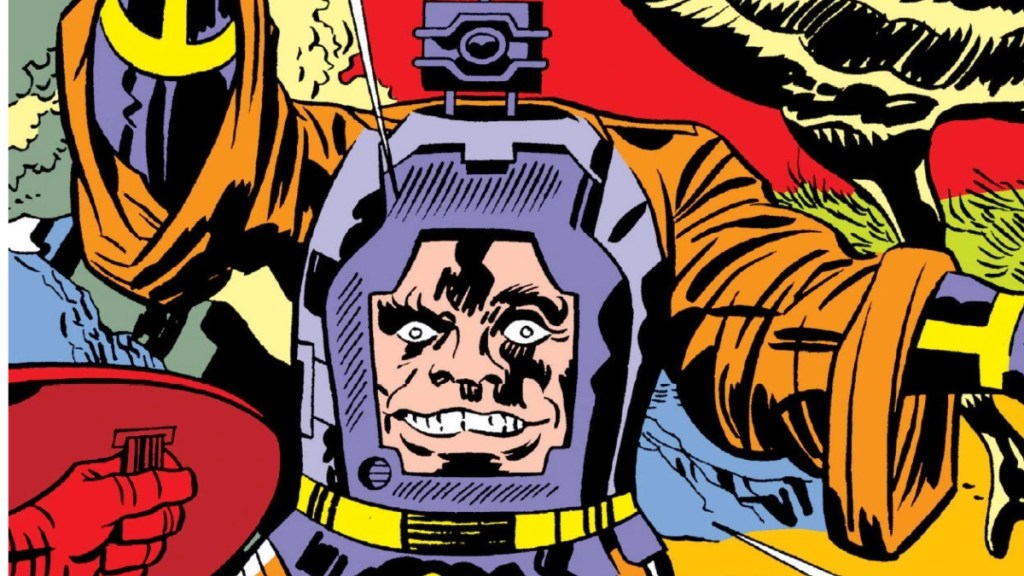
Arnim Zola’s origin makes him one of the most unique figures in Captain America’s rogues’ gallery. First introduced in Captain America and the Falcon #208 (1977), Zola was a brilliant Swiss biochemist during World War II, known for his grotesque experiments in genetics and robotics. His crowning achievement was transferring his consciousness into an android body.
His grotesque appearance alone sets him apart from most villains, but it’s his unrelenting pursuit of scientific “progress” at the expense of humanity that makes him truly terrifying. Zola’s influence in the Marvel Universe is massive, even if he isn’t always front and center. He’s been a key player in Hydra’s operations, serving as one of their most brilliant minds. Many of Hydra’s most dangerous weapons and experiments can be traced back to Zola’s twisted genius.
He’s also had a hand in some of Captain America’s darkest storylines, including the creation of a clone of Steve Rogers during the Secret Empire arc. In the Marvel Cinematic Universe, Zola was reimagined as a Hydra scientist who uploaded his consciousness into a computer, playing a pivotal role in Captain America: The Winter Soldier. While his screen time was brief, his presence loomed large, demonstrating how deeply he’s intertwined with Cap’s mythos.
1) Flag-Smasher
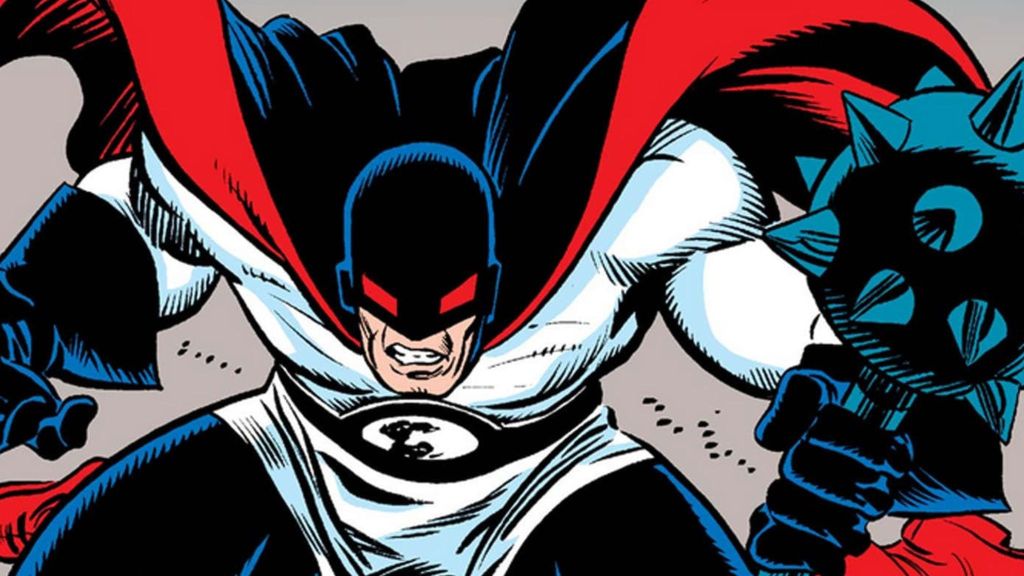
Flag-Smasher represents an anarchistic worldview that directly challenges everything Steve Rogers stands for. And yet, despite his unique philosophy and the ideological depth he brings to the table, Flag-Smasher is often forgotten in discussions about Cap’s great villains. The original Flag-Smasher, Karl Morgenthau, debuted in Captain America #312 (1985) and immediately set himself apart from the rest of Cap’s rogues’ gallery.
Born the son of a wealthy Swiss diplomat, Morgenthau became disillusioned with nationalism after his father was killed in a riot. He came to believe that nations, borders, and patriotism were the root causes of violence and suffering in the world. Rather than fight for one country or ideology, Flag-Smasher waged war on all of them.
His ultimate goal was a world without nations, where humanity would unite under one global identity. Even in adaptations, like The Falcon and the Winter Soldier series, where Flag-Smasher was reimagined as Karli Morgenthau, the character’s compelling ideology was watered down in favor of a more generic revolutionary storyline. But dismissing Flag-Smasher is a mistake because he represents a type of villain that’s increasingly relevant in today’s world.
What do you think? Let us know in the comments!

